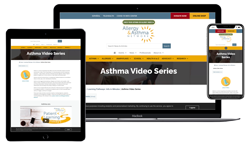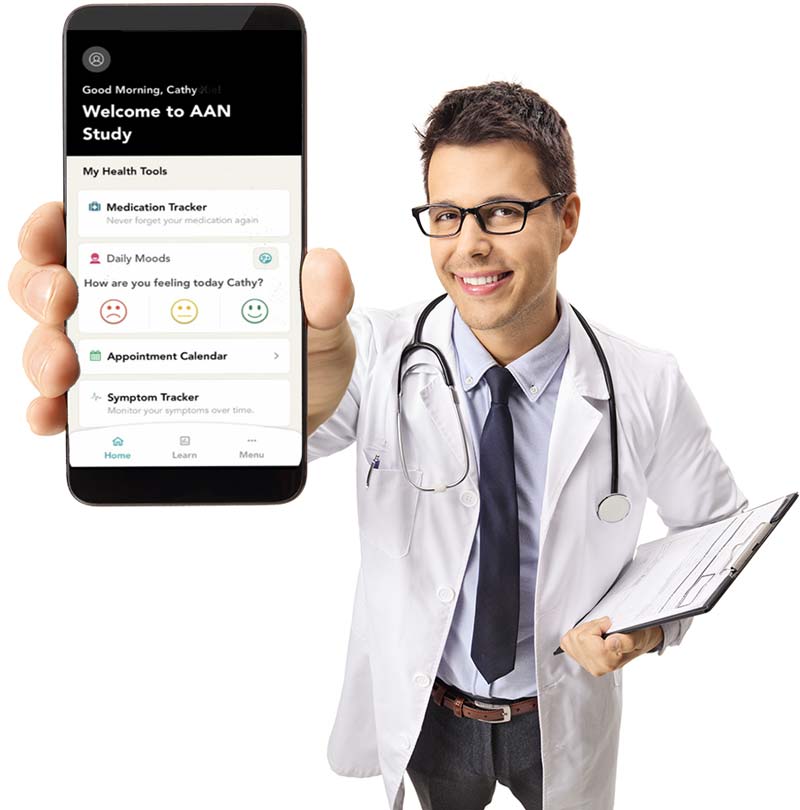How to Use a Nebulizer Machine
- Home
- |
- What is Asthma?
- |
- Asthma Medication and Treatment
- |
- How to Use a Nebulizer

Using your nebulizer machine correctly is essential for getting your full asthma medication dosage
Check out the article: Ask the Allergist:
如何简化喷雾器Children
Nebulizer Step-By-Step Instructions:
- Wash your hands.To keep your nebulizer – and your lungs – free of germs, always wash your hands before handling the medication and equipment.
- Check your medication.Before you begin, look closely at your medicine:
• Has it expired?
• Is the vial crushed or damaged?
• Does the medicine look discolored?
• Has it been exposed to any extremely hot or cold temperatures?
If you answer “yes” to any of these, replace the medicine. - Gather your equipment.In most set-ups, you have a compressor (the basic nebulizer machine), tubing, a cup (the nebulizer) for the medicine, and a mouthpiece. You might also have a mask. The compressor forces air into the medication in the cup, breaking the liquid into an aerosol. The cup design determines how well the system can produce droplets that are the right size to travel deep into the airways. Breath-enhanced and breath- actuated units allow less medication to escape into the air.Very young children and disabled or elderly patients unable to use a mouthpiece effectively should always use a mask. Choose one that is soft and flexible enough to fit snugly on the face and large enough to cover their mouths and noses.
- Pour medication into the nebulizer cup.Unit-dose vials are a snap to use; just twist off the top and pour. Choose a nebulizer cup that will sit flat for easy pouring. Take a sniff as you pour and throw out any medication that smells foul, spoiled or like
it may contain rubbing alcohol. Don’t overfill the cup as it may not aerosolize the medication at the correct particle size. - Sit back and relax.Put the mask on or place the mouthpiece over your tongue and close your teeth and lips tightly around it, then turn on the nebulizer machine. Breathe normally. If you start to cough, turn the machine off until you can breathe freely again. Continue the breathing treatment until the cup is empty. If the medication foams or bubbles, stop the treatment; you may have defective or contaminated medicine or equipment. Don’t ‘blow-by’ or mist the medication in front of the child’s face; this will release the medicine into the air, not the lungs. Use a mask.
- Wash up.Follow manufacturer’s instructions to keep your nebulizer cup, mouthpiece and tubing clean; whatever gets into your cup – from your hands, medication or house dust – will get into your lungs. When everything is clean and dry, store the system where it will stay dust-free.
Nebulizer cup/mouthpiece units and tubing don’t last forever.The plastic will break down over time. Replace them as recommended – and don’t forget to clean or change the air filter if there is one.
English Version
Spanish Version

Quick 3-5 minute videos on asthma, allergies, and related conditions.
How do I monitor my daily asthma symptoms?
National asthma guidelines suggest using a daily symptom diary. This could beAllergy & Asthma Network’s AsthmaTracker™. It helps you keep track of symptoms, peak expiratory flow rates, and medications used.
What is an AsthmaTracker?
TheAsthmaTracker™can help you track how well your symptoms respond to your treatment plan. You write down your symptoms, peak expiratory flow rate and medication use each day. This will help you notice a pattern to your symptoms. With this you can develop strategies to stop the symptoms before they can stop you.
What is a peak flow meter?
A peak flow meter is a handheld device that measures the peak expiratory flow rate (PEFR). This is how much air you can forcibly push out of your lungs at a particular time.
Asthma Storylines – an app for managing asthma
The freeAsthma Storylines appis a self-care tool for managing asthma. Track symptoms, learn more about daily patterns and record topics to discuss with your healthcare team.

Are there other conditions that may look like asthma or complicate asthma?
There are other types of respiratory conditions that are different than asthma. The symptoms, diagnosis and treatment can vary depending upon the condition. Here are some of them.

